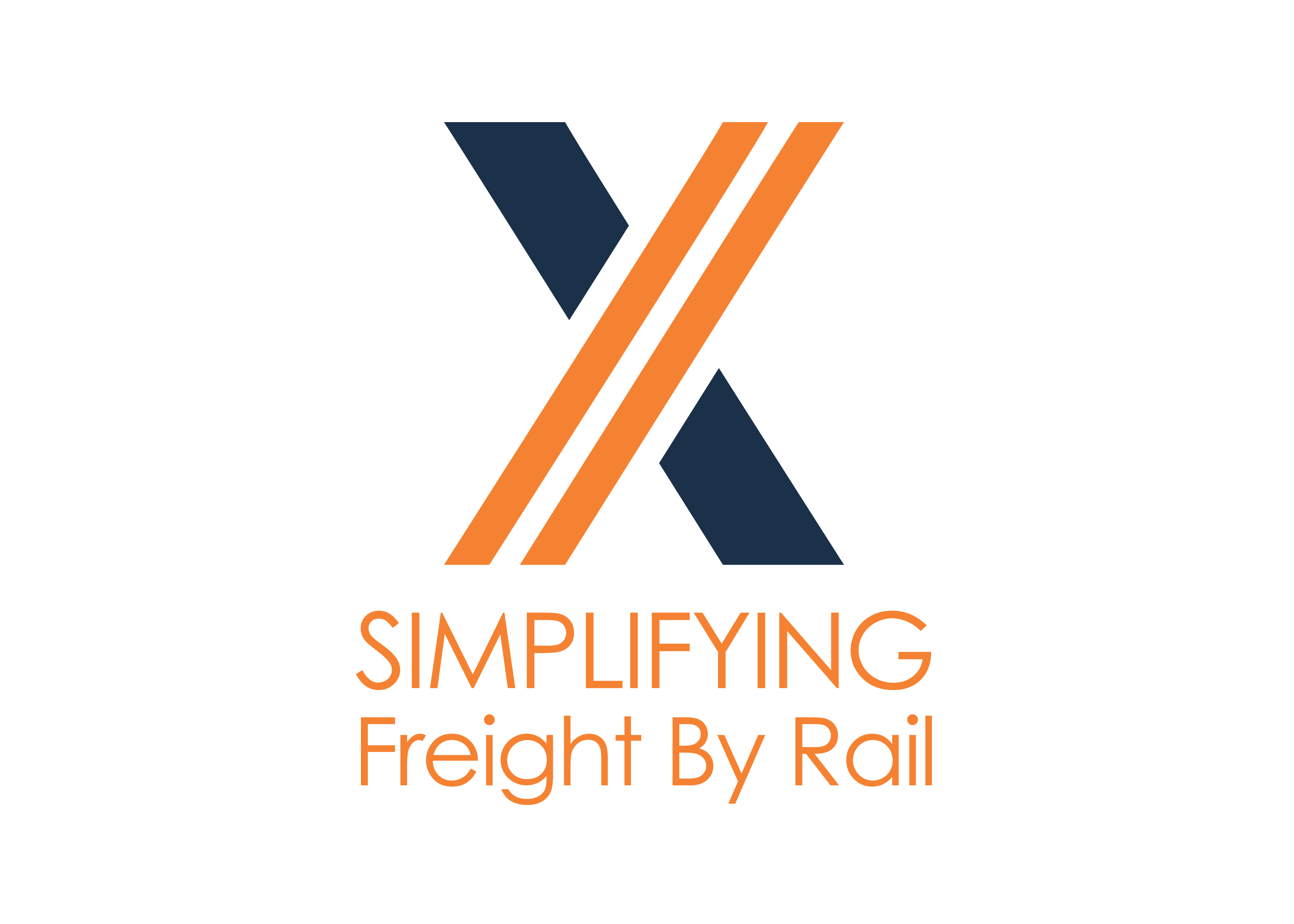Rail fleet management presents several challenges that require careful attention to ensure smooth operations.
One significant challenge is maintaining a balanced fleet size to meet varying demand fluctuations. If the fleet is too large, it leads to underutilization, increased maintenance costs, and inefficient resource allocation. Conversely, a fleet that is too small may result in insufficient capacity to handle peak demand, leading to service disruptions.
Effective fleet management involves leveraging data-driven forecasting models, historical demand patterns, and collaboration with shippers to anticipate demand changes accurately.
Additionally, proactive maintenance planning is critical to minimize downtime and ensure the availability of a reliable fleet. Leveraging advanced technologies such as predictive maintenance algorithms and remote monitoring systems can help identify potential equipment failures in advance, allowing for timely repairs and reducing service disruptions.
Streamlining communication channels between rail fleet managers and shippers also plays a vital role in addressing challenges and fostering collaborative solutions.

